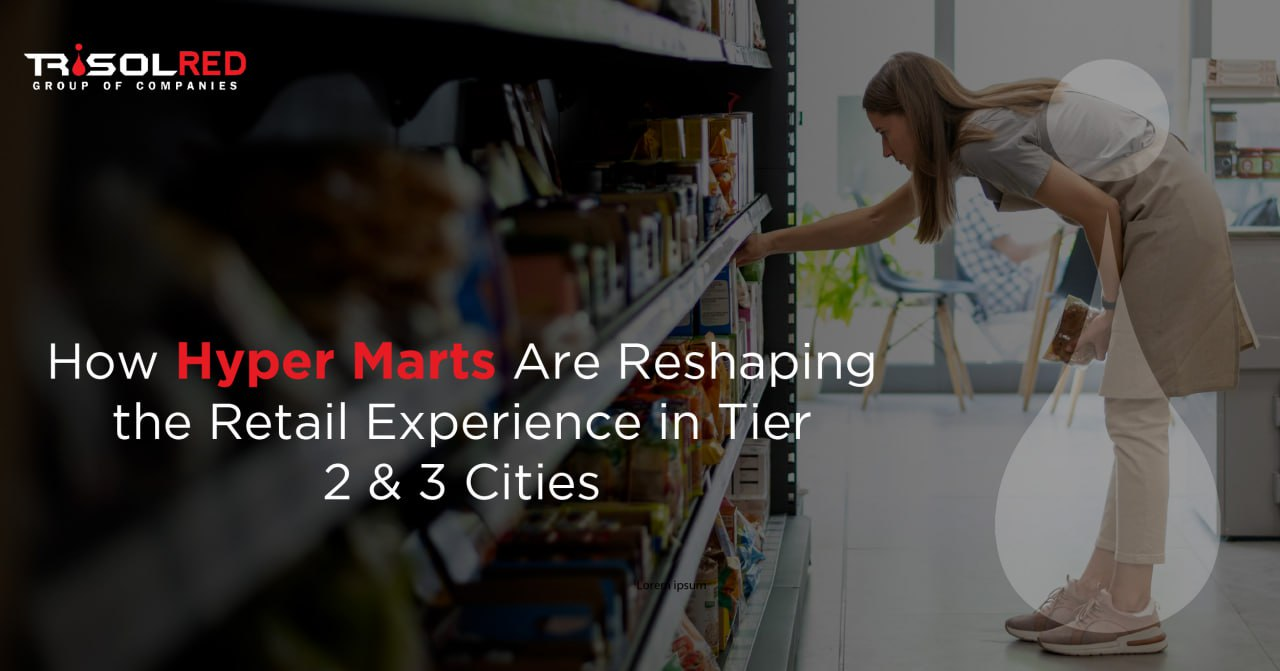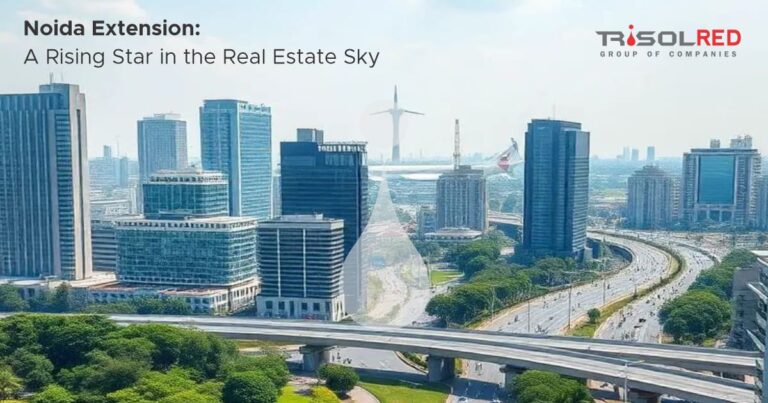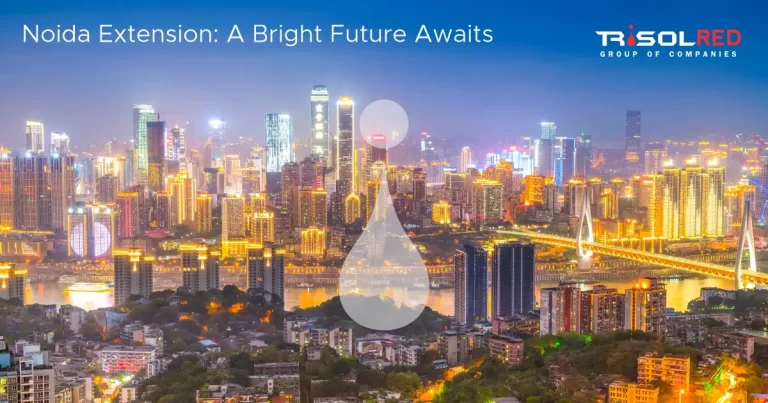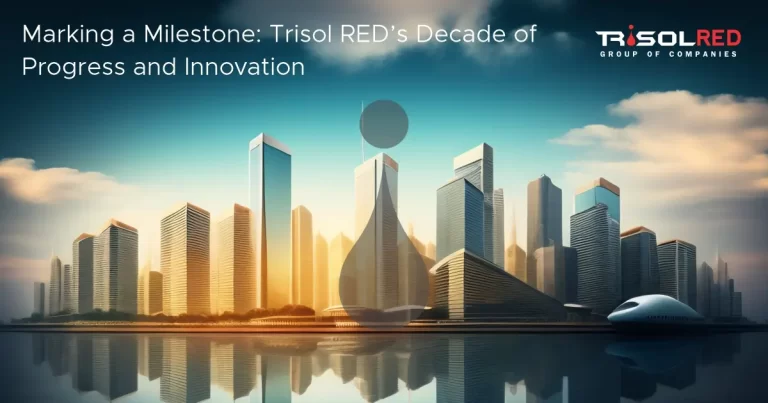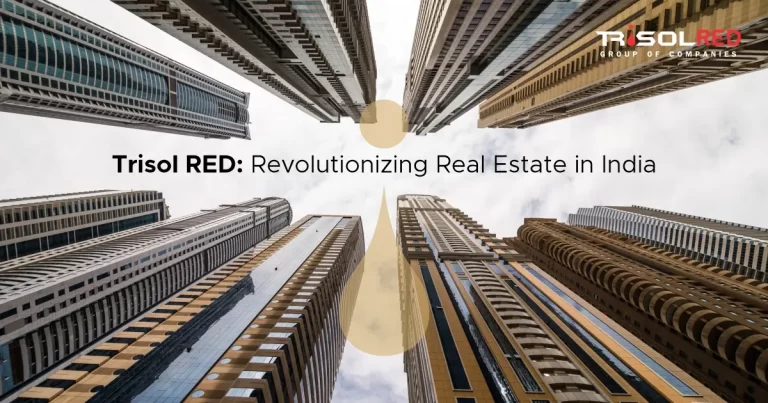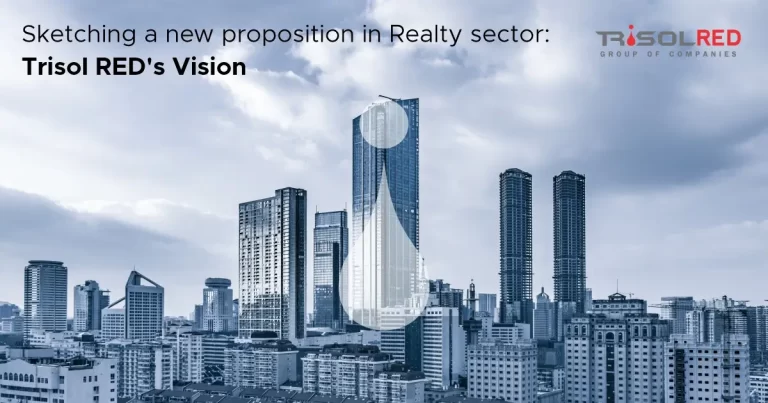India’s retail landscape is witnessing an exciting transformation, and much of this growth is coming from Tier 2 and Tier 3 cities. These cities are quickly becoming vibrant retail hubs, with rising consumer demand and growing interest from national and international brands. At the center of this evolution is the rise of hyper marts.
By offering a wide range of products and a modern shopping experience, hyper marts are bringing organized retail to the doorstep of India’s next generation of shoppers. They are not only meeting essential needs but also raising the standard for what retail can look like outside metro areas.
Meeting the Needs of New-Age Shoppers
Consumers in smaller cities are more informed and aspirational than ever. With increasing incomes and access to the internet, they expect the same quality and variety that shoppers in major cities enjoy. Hyper marts are bridging this gap.
These stores provide everything from groceries and clothing to electronics and home goods in one convenient location. This appeals to busy families and individuals who prefer one-stop shopping with plenty of choices.
Offering Comfort, Variety, and Affordability
Hyper marts make shopping easier by combining multiple categories under one roof. Instead of visiting several small shops, customers can buy daily essentials, fashion items, kitchen tools, and more in a single visit.
At the same time, they benefit from attractive pricing, loyalty points, combo offers, and seasonal discounts. This combination of convenience and value has made hyper marts popular with both price-conscious and quality-focused buyers.
Improving the Shopping Environment
Customers in Tier 2 and 3 cities are now enjoying a shopping experience that feels modern and organized. Hyper marts offer clean interiors, spacious aisles, clear signage, and professional customer service.
Many stores are also introducing digital payments, online order pickups, and other tech-friendly services. These improvements not only modernize the shopping experience but also help build customer trust and loyalty.
Supporting Local Growth and Jobs
The growth of hyper marts brings economic benefits to the communities they serve. They create employment for local youth, support nearby farms and suppliers, and increase demand for logistics and services.
For commercial developers, hyper marts are strong anchor tenants. Their steady customer base adds long-term value to shopping centers and helps boost foot traffic for surrounding stores and food outlets.
Becoming a Part of Community Life
In many smaller cities, hyper marts are becoming more than just shopping destinations. They are turning into gathering spaces where people meet, explore, and spend time together. Weekend shopping trips, festive sales, and family visits are helping create a sense of connection and shared experience.
This social role makes hyper marts even more valuable, especially in places with fewer recreational or lifestyle options.
Looking Ahead to a Bright Future
The demand for organized, high-quality retail in smaller cities is growing fast. Consumers are looking for brands they trust and stores that make life easier. Hyper marts are perfectly positioned to meet this demand and lead the next phase of retail expansion.
As more players enter these markets, the focus will shift toward innovation, local customization, and long-term customer relationships.
Conclusion
Hyper marts are redefining the retail experience across India’s Tier 2 and 3 cities. They are making shopping more accessible, more enjoyable, and more efficient. With their ability to deliver quality, variety, and value in one place, they are shaping the future of retail in some of the country’s fastest-growing regions.
For brands, developers, and investors, the message is clear. The next big opportunity is already here. It lies in understanding the needs of these emerging cities and delivering retail experiences that people truly value.

